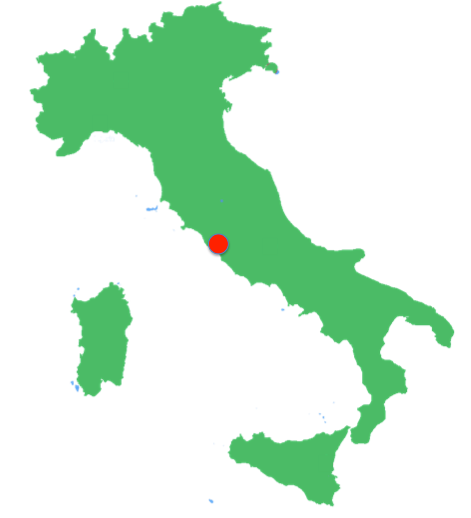Abstract
The project covers several research lines concerning the theoretical physics of disordered and complex systems, as well as the analysis of nonequilibrium phenomena. It provides a collaborative context for well established theoretical activities in the Roma1 unit of INFN and, importantly, puts emphasis on bridging methods developed in statistical mechanics and problems in biology that promise to gain from those; the statistical mechanics approach to inference problems in neuroscience has been an example subject of inter-groups collaboration in the project, and systems biology is expected to be another. Topics addressed include:
- Spin glasses: detailed study of spin glass models with continuous variables; improving the numerical simulations of these models by studying their discretized versions (e.g. the clock model approximating XY spins) ;
- Nonequilibrium statistical mechanics: extending the macroscopic fluctuation theory under slowly varying boundary conditions; studying dynamical phase transition for the current fluctuations of a finite number of particles on a finite graph; nonequilibrium spontaneous symmetry breaking ;
- Critical properties of systems with long and short range interactions: studying the correspondence between the universality classes of long-range models and those of corresponding short-range models; nonequilibrium dynamically stable states ;
- Dynamics of neural populations: mean field description of the activity of large, multi-modular neural systems; large scale, realistic simulations of cortical neural networks; inference methods for multiple simultaneous recordings ;
- System biology: Bayesian methods integrating data from diverse sources to predict protein interaction networks; analysis of metabolic networks.


